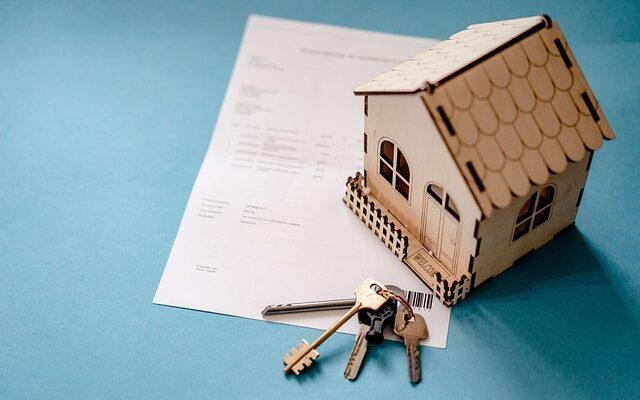The settlement process is the final step in the conveyancing process. It’s when the balance of the purchase price is paid, and legal ownership of the property is transferred from the seller to the buyer. Here’s what you need to know about the settlement process:

Settlement Statement:
Before settlement, the buyer’s conveyancer will prepare a settlement statement. This statement outlines the final amount payable, including the balance of the purchase price, any adjustments, and fees.
The purpose of a settlement statement is to provide a breakdown of all the costs involved in the property transaction. It helps the buyer to understand exactly what they need to pay and why.
Attend Settlement:
On the day of settlement, the buyer’s conveyancer will attend the settlement on the buyer’s behalf. The seller’s conveyancer and any relevant parties, such as the bank or the real estate agent, will also attend.
Payment:
The balance of the purchase price is paid by the buyer’s conveyancer to the seller’s conveyancer. The funds are usually transferred electronically, and the transaction is completed once the funds have cleared.
Payment is typically made through electronic funds transfer (EFT) or bank cheque. The payment method should be agreed upon in advance between the buyer and seller, and the contract of sale should specify the payment details.
Title Transfer:
Once the funds have been received, the seller’s conveyancer will transfer legal ownership of the property to the buyer. The buyer’s conveyancer will also register the transfer with the relevant state or territory authority.
Before the transfer of title is registered, the relevant state or territory authority will conduct a search of the title to ensure that there are no outstanding interests or encumbrances on the property. The buyer’s conveyancer will also check the title to ensure that it is free of any defects or issues.
Settlement Costs:
Settlement costs are the fees and charges associated with the finalization of a property sale or purchase. These costs can vary depending on a range of factors, including the state or territory where the property is located and the specific circumstances of the transaction. The buyer is responsible for paying any settlement costs, including government fees, conveyancing fees, and mortgage costs. The settlement statement will outline these costs, and the buyer’s conveyancer will ensure that they are paid on the buyer’s behalf.
Keys:
Once the settlement is complete, the buyer’s conveyancer will notify the real estate agent that the transaction has been finalized, and the buyer can collect the keys to their new property. The handover of keys usually takes place on the day of settlement. This is when the buyer becomes the legal owner of the property and is entitled to take possession.
The handover of keys is typically arranged as part of the contract of sale. The contract should specify the time and place for the handover, as well as any conditions that need to be met before the handover can take place.
Conclusion
In conclusion, the settlement process is a crucial step in the conveyancing melbourne. It’s important to ensure that all the necessary steps have been taken before settlement, including searches, inspections, and legal checks. By working with a qualified conveyancer, you can ensure that the settlement process runs smoothly, and your property transaction is completed successfully.













